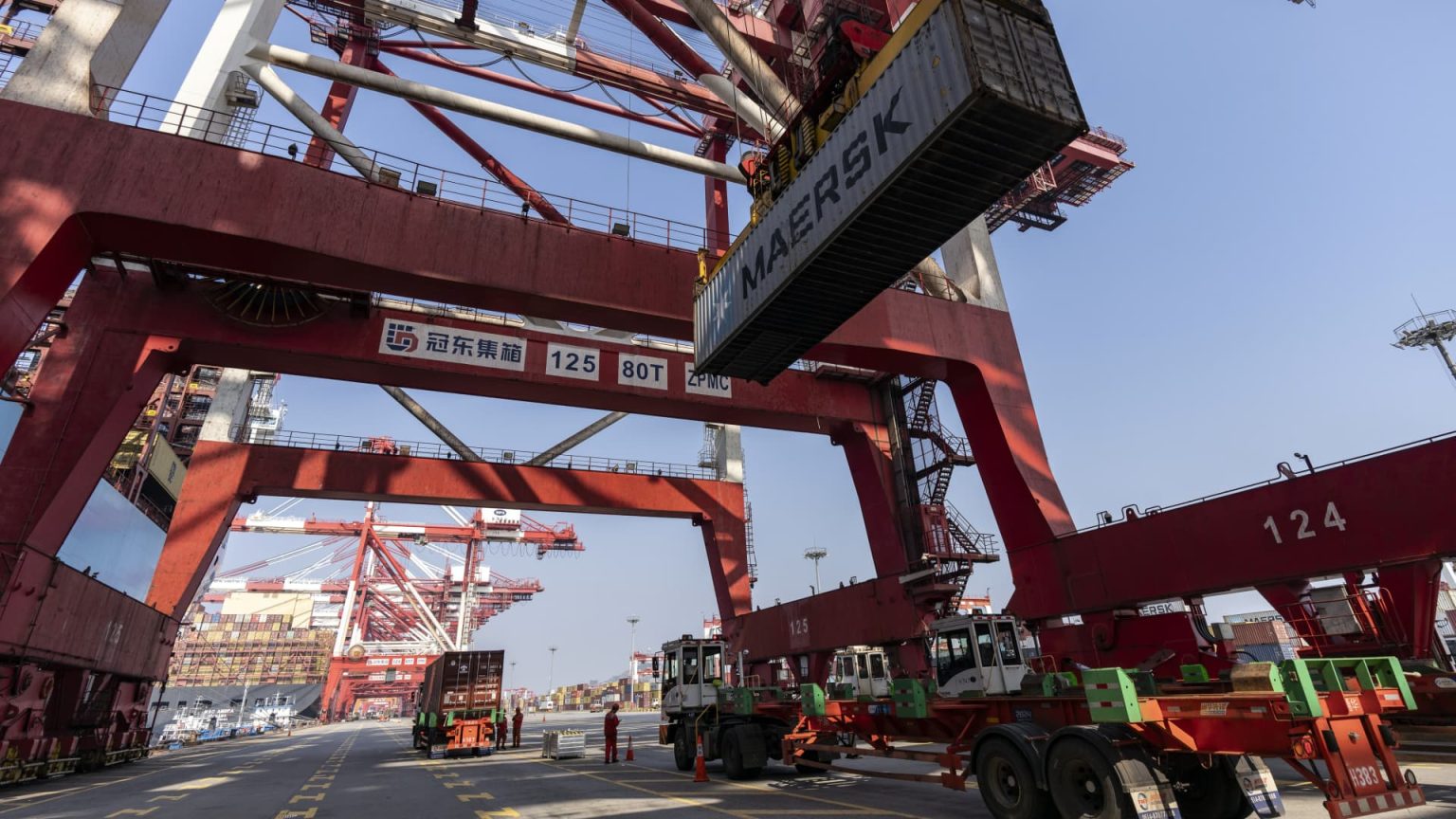China’s exports grew by 2.4% in September from a year ago in U.S. dollar terms, while imports rose by 0.3%, according to customs data. Both figures were below expectations, with exports forecasted to rise by 6% and imports expected to climb by 0.9%. China’s exports to the U.S. increased by 2.2% in September, while imports from the U.S. climbed by 6.7%. Exports to the Association of Southeast Asian Nations rose by 5.5%, while imports rose by 4%. Exports to the European Union increased by 1.3%, while imports dropped by 4%. China’s exports to Russia surged by 16.6%, but imports fell by 8.4%.
Inflation data released indicated further weakness in China’s domestic demand, with the core consumer price index rising by 0.1% in September from a year ago, the slowest rate since February 2021. Tourism-related prices fell by 2.1% year-on-year despite holidays in September. The National Bureau of Statistics is set to release third-quarter GDP on Friday, along with retail sales, industrial production, and fixed asset investment for September. Chinese authorities have recently announced stimulus measures, but details on fiscal policies have been lacking. Stocks in China have been volatile as investors debate the impact of these economic support measures.
China’s economy has been facing challenges such as lackluster consumer spending and a real estate slump. This has led to slower than expected growth in exports and imports, impacting key trading partners like the U.S., the Association of Southeast Asian Nations, the European Union, and Russia. The current inflation rate and weak domestic demand suggest further challenges for China’s economic recovery. The upcoming release of third-quarter GDP data will provide more insights into the overall health of China’s economy and the effectiveness of recent stimulus measures.
The slower growth in exports and imports could be a result of global supply chain disruptions, increased competition, and ongoing trade tensions with the U.S. and other key trading partners. Despite efforts to stimulate the economy, China may continue to face challenges in boosting consumer spending and investment. The recent surge in exports to Russia may provide some relief, but the decrease in imports from Russia could indicate weakening demand in key sectors. The impact of these trends on China’s overall economic growth remains uncertain.
The Chinese government’s stimulus announcements have helped support the economy, but more concrete fiscal policies may be needed to address the underlying issues affecting growth. The volatility in China’s stock markets reflects investor uncertainty about the long-term impact of the measures announced by Beijing. As China continues to navigate economic challenges, both domestically and internationally, policymakers will need to carefully assess the effectiveness of their strategies and make adjustments as needed. The upcoming data releases will provide important insights into the current state of China’s economy and its prospects for recovery in the near future.


